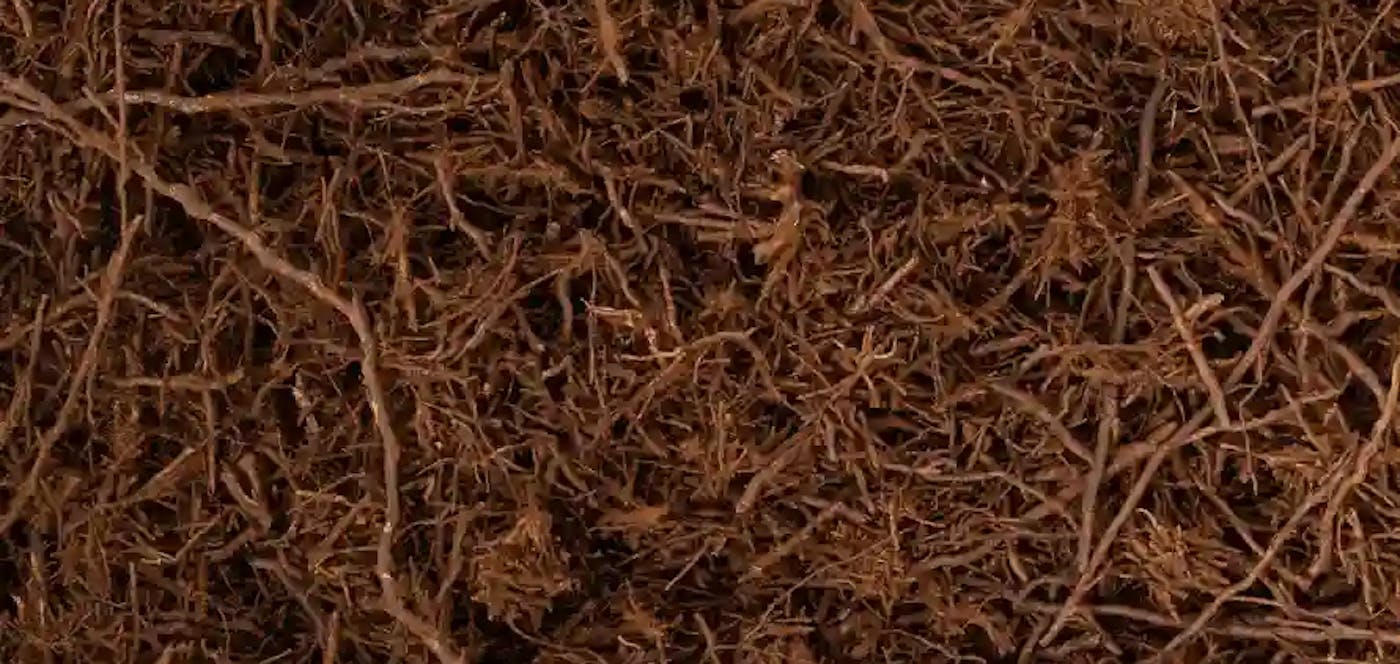We’re known for dependability, service, and the best sphagnum moss, orchid bark, and tree fern fiber on the market!

What’s the Difference Between Sphagnum Moss and Peat Moss? The Environment
August 5, 2024
Sphagnum moss and sphagnum peat moss (frequently known simply as “peat moss”) are often confused for the same growing material. In truth, they’re two different parts of the same plant but the impact of their use is wildly different. Sphagnum moss is a plant that grows on the surface of soil or a swamp. It thrives in New Zealand and other wet climates. It is carefully harvested to ensure regeneration of bogs – a cycle which typically takes 5-6 years. Peat moss, on the other hand, is the layer of decaying, water-saturated sphagnum moss that has sunk below the surface. It is the basis of swamp land, forming over thousands of years. Although peat moss can be found in potting soils in nearly every garden center in the world, harvesting peat moss is not a sustainable practice. It takes thousands of years for peat moss to develop, and harvesting it requires digging up bogs, which destroys the potential for regeneration of the swamp.
The properties of sphagnum moss include:
- Neutral pH
- Natural water retention
- Pliable and soft handling as a growing material
- Long-fibered
- Pure moss (no other plant material)
- Used as a seed-starter, to line baskets, for growing orchids, and as additional growing material in potting soils
Sphagnum peat moss:
- Is acidic and high in tannins
- Can be up to 70% water
- Is naturally compacted and sold compressed into bales
- Contains a mixture of organic materials, including moss, decaying plant matter, and dead insects
- Is used in potting and garden soils
For over 30 years, Besgrow has been sustainably harvesting and processing its Spagmoss line of New Zealand sphagnum moss. Spagmoss is used the world over by hobbyists and commercial growers of orchids, carnivorous plants and general moisture loving plants.
More from our Blog


July 22, 2024

June 24, 2024
Our Products

Spagmoss

Tree Fern
